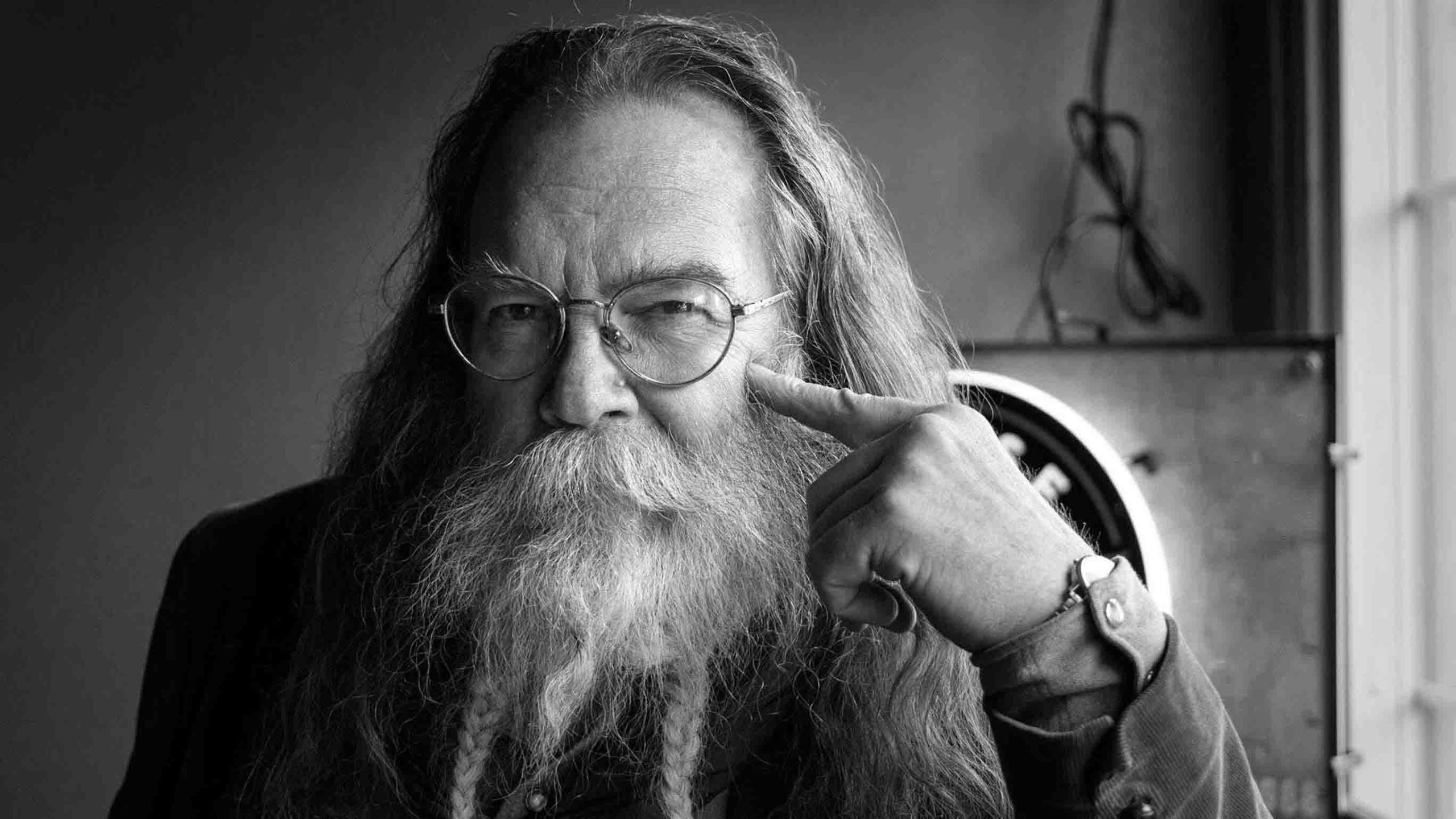Over the weekend, I took a jaunt over Snowy Range Pass to see the bedrock Wyoming band Patti Fiasco play their homecoming concert in the bucolic li’l Carbon County burg of Riverside. Driving down from Snowy Range Pass into the Platte Valley always makes me wish I had a time machine.
For my money, there is no more beautiful and peaceful place in the Cowboy State than where the Encampment River joins up with the North Platte to produce a the kind of green that makes Ireland ashamed.
The rivers and creeks meander through cathedrals of cottonwood, aspen and willow. Meadows and pastures are lush with grass so deep you can only see the top half of cows. As far as ranching country goes, there’s simply no better.
That’s where the time machine comes in.
When my great-grandfather got here a couple years after the Civil War, he could have picked any place he wanted to homestead and raise livestock. I could have grown up in that green grassy splendor and graduated a Saratoga Panther instead of a Rawlins Outlaw.
But, oh no! I. C. Miller asked the original Tom Sun where the best place to raise cattle and sheep in that country might be. Sun knew the landscape well, having trapped and hunted all over what eventually became Carbon County.
Sun told my ancestor to stake out a place south of the Seminoe Mountains, between the Haystack Hills and the North Platte. It's a tough piece of ground but that’s where the antelope go in winter, he said. The wind blows that country clear of snow and a man won’t need to feed hay in January.
I’ve often wanted to climb into a time machine and go back to be part of that conversation. I would put a bug in great-granddad’s ear and tell him not to listen to that old trapper. I would have told I. C. to follow that river upstream toward the Sierra Madre until his horse was swallowed up in all that grass.
Instead, he followed Sun’s advice and his great-grandson’s family grew up on the ID Ranch, smack dab in the middle of the densest concentration of rattlesnakes on the planet (according to Duvall & King, U.W., 1990).
Yeah, the wind blew our winter ranges clear of snow and we seldom needed to pitch hay. But the wind didn’t blow those shortgrass ridges clear of snakes in the summer.
And tough country? Hell, we used to pack lunches for the cows when we turned them out in pastures that were a township in size.
Trees and water are pretty scarce where I grew up. The horses I rode would spook and start to pitch a fit if they saw a plant taller than a sagebrush or water that was moving.
I never knew what topsoil was until I read about it in junior high.
So, dear reader, you’ll understand why I grow a tad wistful when I visit towns like Riverside, Encampment and Saratoga and wonder about what could have been.
I brought my second-born son, Isaac with me. He is his great-great-grandfather’s namesake and a huge Patti Fiasco fan as well. He had never been to Riverside and fell in love with the place, as I knew he would.
We had the chance to have a long overdue father/son chin wag about his heritage. I told Ike that Carbon County, Wyoming is, according to Biblical archaeologists, the original location of the Garden of Eden.
But, due to a fluke of history and a conversation between a couple of Carbon County old-timers, he was born into the part of the Garden that has snakes.
Rod Miller can be reached at: rodsmillerwyo@yahoo.com





